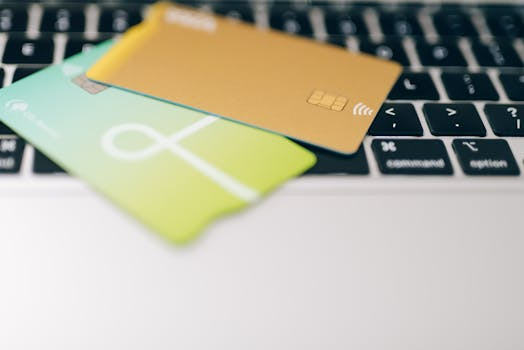Digital Banking Security Tips Every User Needs Now
In today’s fast-paced digital world, online banking has become an essential part of our lives. With just a few clicks, we can access our bank accounts, transfer money, and pay bills. However, with this convenience comes the risk of cyber threats and scams. Protecting your digital banking information is crucial, and in this article, we will discuss some useful tips that every user needs to know to ensure the security of their online banking activities. So, let’s dive in!
Digital Banking Security Tips: Use Strong Passwords
The first line of defense when it comes to protecting your digital banking information is using strong and unique passwords. It may be tempting to use the same password for all your accounts, but this is a significant security risk. If someone manages to crack your password, they would have access to all your accounts, including your bank account.
Therefore, it is essential to use a different password for each of your accounts, including your online banking account. Make sure to create a strong password that is at least 12 characters long and consists of a combination of letters, numbers, and special characters.
Keep Your Device Secure
Your laptop, smartphone, or tablet are the devices you use to access your online bank account. Thus, it is crucial to keep them secure to protect your banking information. Make sure to regularly update your devices’ operating system and security software.
Also, avoid using public Wi-Fi networks to access your online bank account. These networks are highly vulnerable to cyber-attacks, and using them can expose your device and your banking information to potential hackers. Always use a secure and private network when accessing your online bank account.
Use Two-Factor Authentication
Two-factor authentication is an effective way to strengthen the security of your digital bank account. It adds an additional layer of security that requires you to provide an extra form of verification, such as a code sent to your phone or a fingerprint scan, to access your account.
By using two-factor authentication, even if someone manages to guess your password, they would still not be able to log in to your account without the second form of verification. This significantly reduces the risk of unauthorized access to your online bank account.
Be Vigilant Against Phishing Scams
Phishing scams are a common tactic used by cybercriminals to steal confidential information, such as usernames, passwords, and credit card numbers. They usually come in the form of emails or text messages that imitate legitimate financial institutions or organizations, asking you to provide personal information or click on a link.
Therefore, it is essential to be vigilant and never click on links or provide personal information in response to unsolicited emails or messages. Always double-check the sender’s information and the link’s validity before taking any action.
Regularly Check Your Account Activity
It is vital to regularly monitor your bank account activity and report any suspicious transactions immediately. If you notice any unauthorized activity, contact your bank immediately and change your password as soon as possible.
You should also regularly check your credit report to ensure that there are no unauthorized accounts or activities linked to your name. By staying vigilant and keeping a close eye on your account, you can quickly identify and address any potential security threats.
Conclusion
Digital banking has undoubtedly made our lives easier, but it also comes with its own set of risks. By following these essential security tips, you can protect your online banking information from potential cyber threats and scams. Remember to use strong passwords, keep your devices secure, use two-factor authentication, be vigilant against phishing scams, and regularly monitor your account activity. Stay safe, and happy banking!











